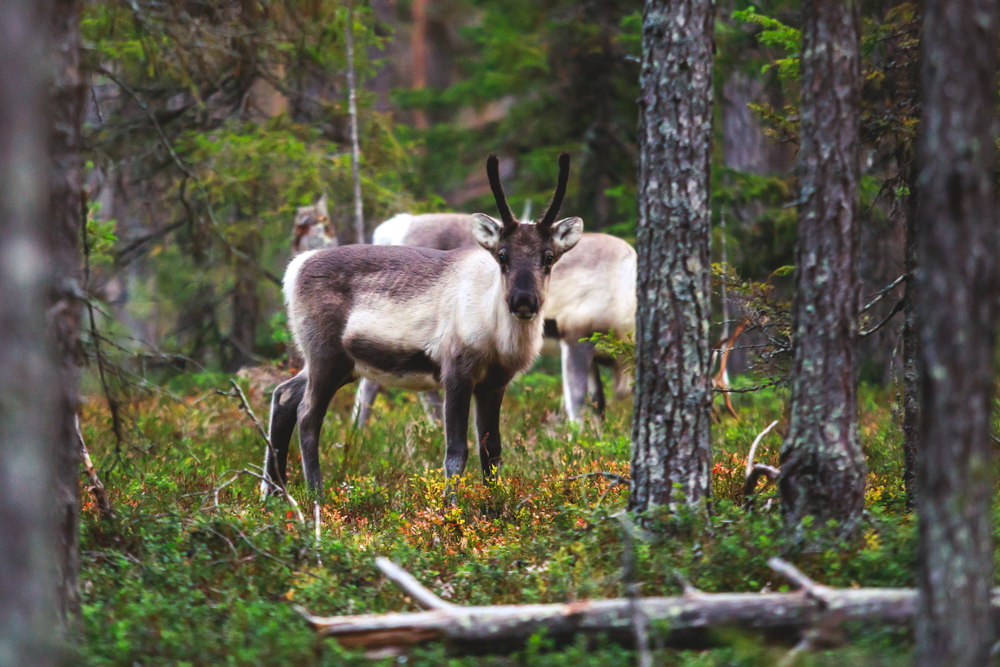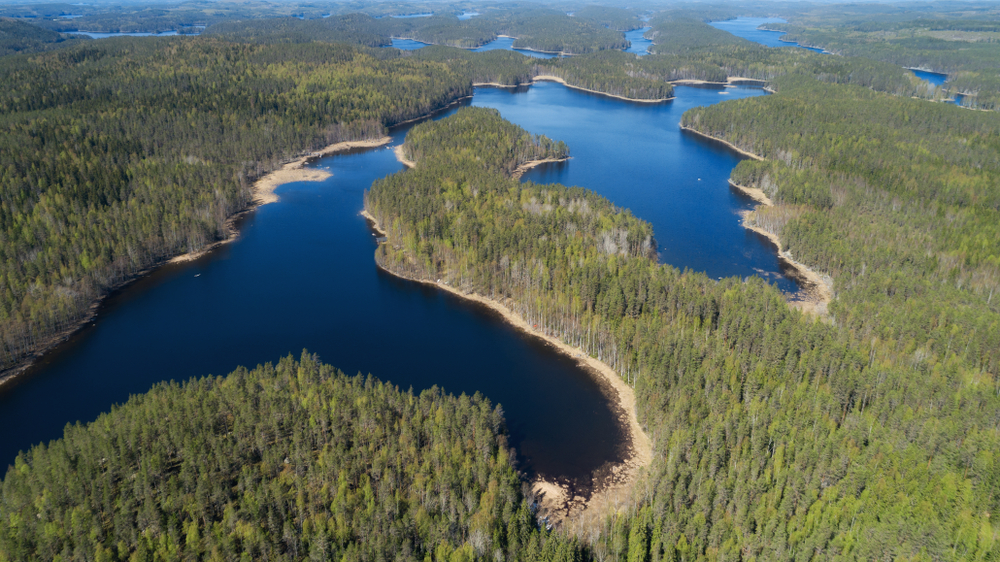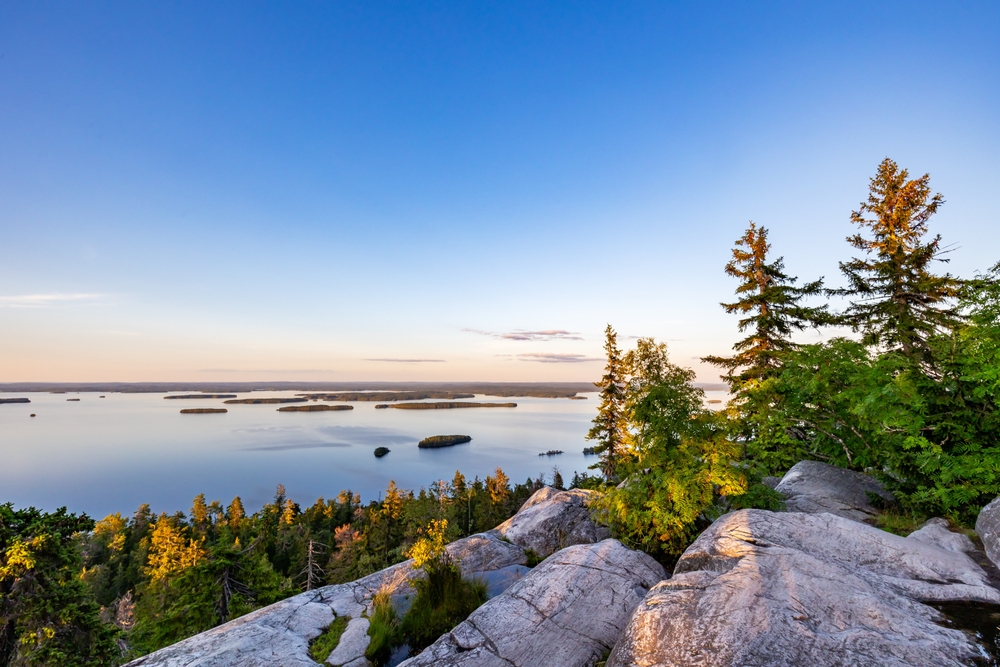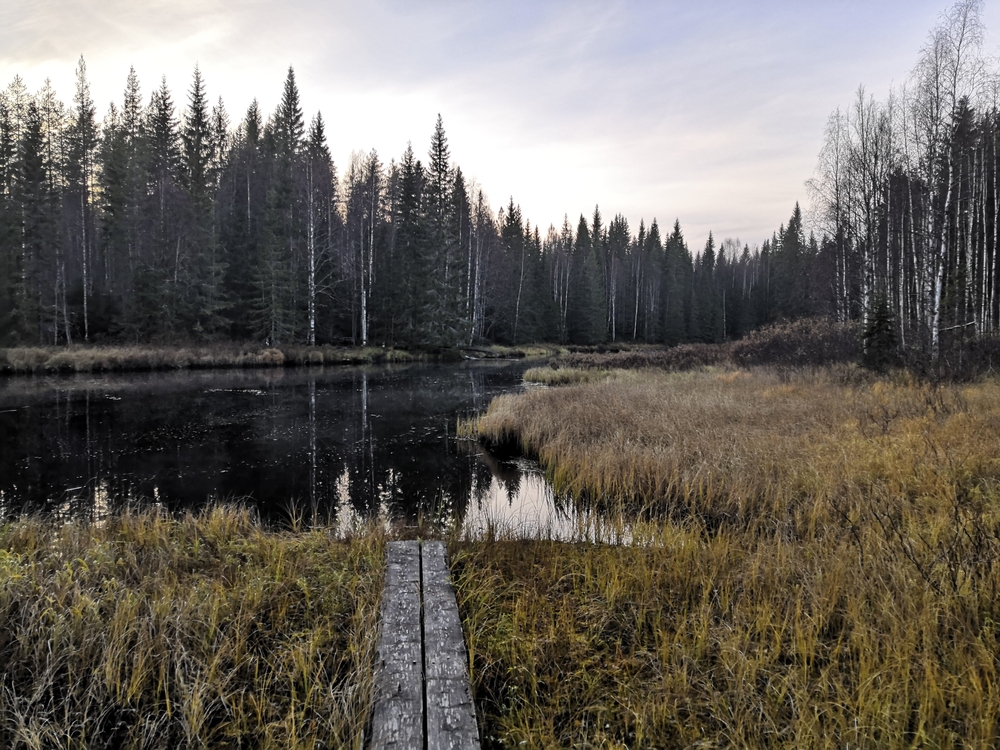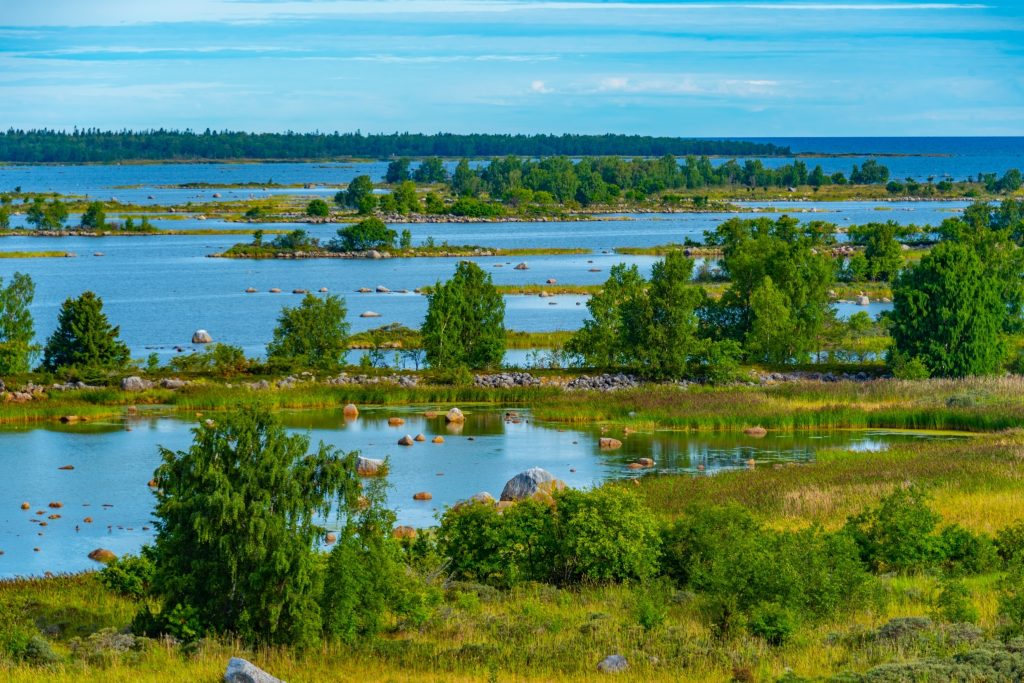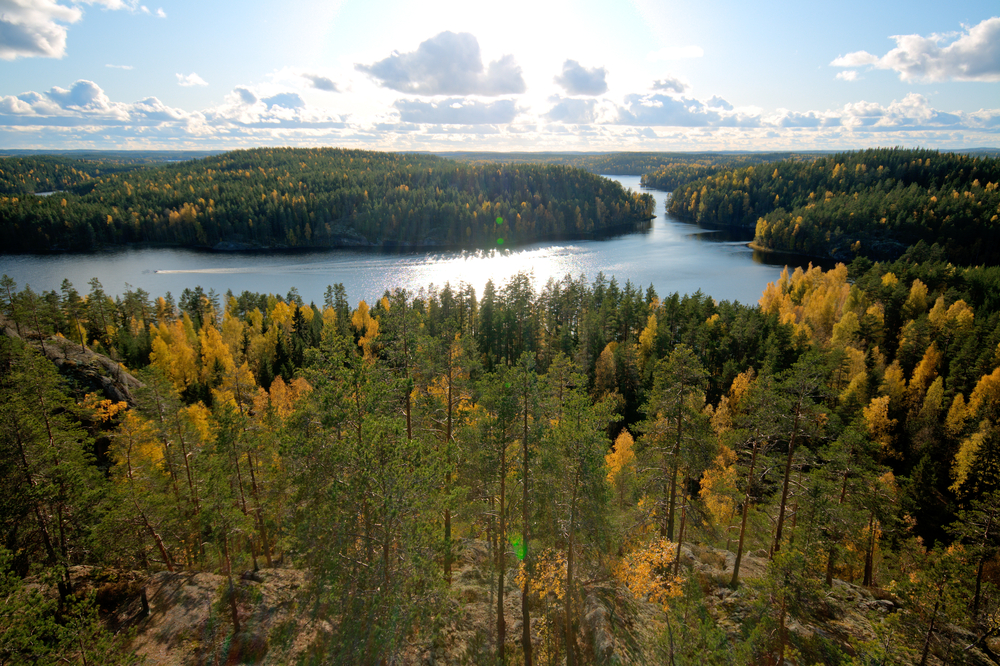Liesjärvi Overview
Liesjärvi National Park (Liesjärven kansallispuisto) is a serene and picturesque protected area in southern Finland, covering approximately 9.7 square miles (25 square kilometers). Located in the Kanta-Häme region, the park is about 60 miles (100 kilometers) northwest of Helsinki, making it an accessible escape for nature lovers seeking tranquility.
Liesjärvi is known for its diverse landscapes, which include extensive forests, sparkling lakes, and rugged rocky ridges formed by glacial activity. The park is centered around the Liesjärvi and Kyynäränharju lakes, with the latter being a striking esker ridge that separates two bodies of water, creating a breathtaking natural corridor.
The terrain of Liesjärvi National Park is a mix of dense old-growth pine and spruce forests, open marshlands, and gently rolling hills. Towering trees dominate the park, including ancient pines that have stood for centuries, giving the landscape a primeval feel.
The Kyynäränharju ridge is one of the most iconic features of the park, a narrow sand ridge that stretches for over a mile, flanked by lakes on both sides. This unique geological formation provides a picturesque hiking route with stunning panoramic views of the surrounding waters.
In autumn, the park transforms into a vibrant tapestry of red, orange, and gold as the foliage of deciduous trees, such as birches and aspens, creates a dazzling display.
Liesjärvi National Park is home to an impressive array of wildlife, offering visitors a chance to spot some of Finland’s most iconic species. Among the mammals that inhabit the park, the Eurasian lynx, red fox, and moose are some of the most notable.
Though elusive, these creatures leave behind traces of their presence, such as tracks and markings along the trails. Smaller mammals like the European pine marten and squirrels are frequently seen darting through the forest canopy. Birdwatchers will find Liesjärvi to be an excellent location to observe diverse avian life, including black woodpeckers, whooper swans, and various species of owls. The park’s wetlands and lakes also attract waterfowl, such as goldeneyes and tufted ducks, creating a vibrant birding experience year-round.
One of Liesjärvi National Park’s most popular attractions is Korteniemi Heritage Farm, a living history site that transports visitors back to the early 20th century. This traditional Finnish farm operates in a way that preserves old farming techniques, with historical buildings, domestic animals, and seasonal agricultural activities. Visitors can participate in farm tasks, such as haymaking and bread baking, gaining insight into Finland’s rural heritage.
In addition to the farm, the park offers an extensive network of hiking trails, with the Kyynäränharju ridge trail being a must-experience route. Other trails meander through the forests, offering secluded spots for picnicking and nature appreciation. Canoeing and kayaking are also popular activities, as the lakes provide calm waters for peaceful paddling excursions.
Visitors to Liesjärvi National Park can engage in various outdoor activities, including hiking, birdwatching, and camping. The park has well-maintained lean-to shelters and designated campfire areas, making it a great spot for overnight stays immersed in nature.
During winter, the snow-covered landscape is ideal for cross-country skiing and snowshoeing, adding a different dimension to the park’s beauty. Guided tours and educational programs are available, helping visitors learn about the park’s ecology and conservation efforts.
Conservation efforts in Liesjärvi National Park focus on preserving its unique natural and cultural heritage. The park plays a crucial role in protecting Finland’s old-growth forests, which are vital for biodiversity. Conservation programs include habitat restoration projects and sustainable tourism initiatives that minimize environmental impact.
One of the park’s key successes has been the maintenance of traditional farming landscapes at Korteniemi Heritage Farm, ensuring that historic agricultural practices continue while supporting local biodiversity. Challenges include managing the impact of increased tourism while maintaining the delicate balance of ecosystems. However, Finland’s strict environmental policies and active conservation management have helped Liesjärvi remain a pristine and well-preserved national park.











































































